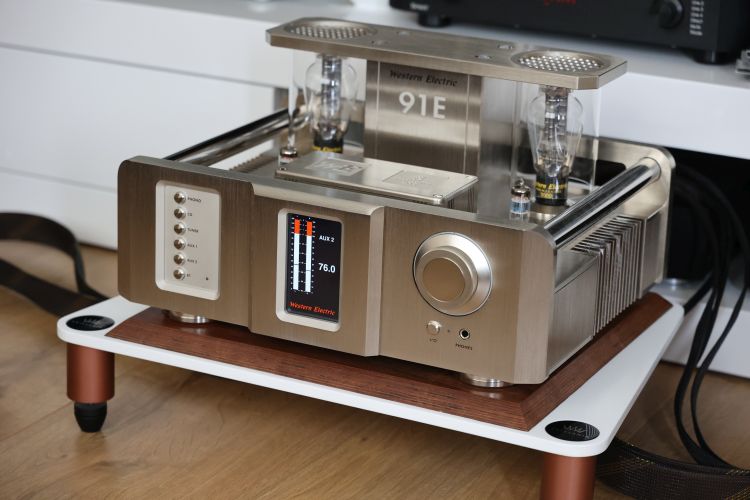
Back to Ayon
Regular readers know that I am very content with the Spirit III. But going back to the Ayon turned out to be a sobering exercise. Ok, this amp is exceedingly powerful and when cranking the volume it just has no practical limit. The Xavians and my ears start protesting before the amp gives in. But the Ayon is really quite dry and matter-of-fact in comparison to the 91E. In some ways, it’s quite non-tube-like, actually. I’ve always known this but have accepted it because it also provides hugely entertaining solidity and drive.
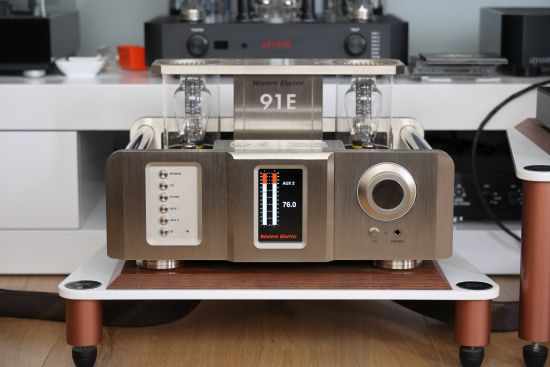
The Ayon was always the undisputed master of bass solidity and all-out dynamics but if you will believe it, the 91E has very nearly the same impact and drive, and even fuller bass! In terms of resolution, the two amps are comparable, as well as in soundstage density and focus. But the 91E has a considerably richer delivery, with greater liquidity and more smoothness.
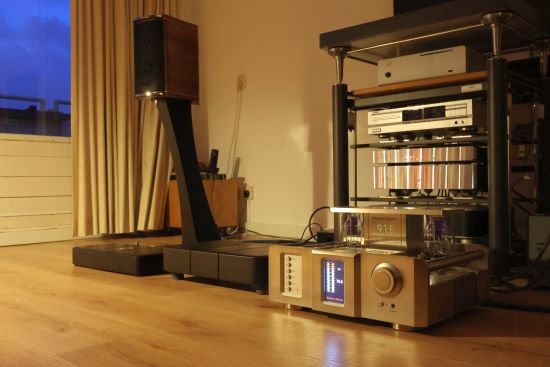
Bonus Listening
It’s not long ago that my friend Niels (for regular readers, this is another Niels, so not the one with the Apogees and Magicos) swapped his Martin Logans for the beautiful Franco Serblin Accordo’s. This was a great opportunity to also try the 91E at his place. After all, Niels was also there many years ago when this amplifier’s prototype was first shown at the Munich Audio show, and he was also eager to hear it. Niels’s system consists in the basis of a Jeff Rowland Aeris DAC with PSU and an Analog Domain M75D integrated amplifier, driving the Accordos with Cardas Clear speaker cables.
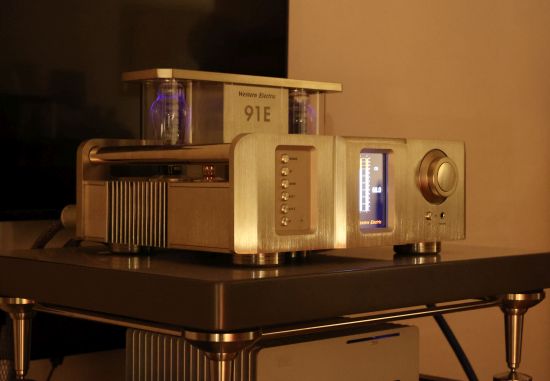
While the amp sounded smooth and seductive when placed directly on the floor, it did gain speed, tightness, and expression when placed on the Artesania Krion Platform.
It was reassuring to hear that the amplifier performed very similarly as in my own setup, and again with the emphasis on fullness and deep tonal saturation. In this system, too, the amp 91E had just the right amount of speed, sounding neither slow nor hurried but lusciously rich and smooth and at the same time solid and powerful. With the 300B tubes being inherently smooth and rich, as one would expect, any 300B-based amplifier will sound very different from a stereotypical transistor amplifier. And indeed, this is the case when comparing the WE91E to Niels’ own Analog Domain M75D. The latter does indeed sound tighter and more articulate as well as cleaner and more explicit. But that’s always the case when comparing transistors to tubes. The Analog Domain amp does nothing to hide its solid-state nature, which alone will be enough to put off those seeking tube goodness, but it does achieve admirable levels of transient snap, inner precision, and transparency. If one desires these aspects but combined with the benefits of tube amplification, then perhaps another SET amplifier might be a better choice.
The 91E is perfect for those who prefer their amplifier to be a non-fussy musical eat-it-all. And if it is smoothness, richness, and deep tonal saturation that is desired, the 91E will absolutely deliver in spades, while having plenty of power to drive a very wide range of loudspeakers.
Conclusion
The 91E has a remarkably solid and robust sound, not what you normally expect from a SET design. It’s also remarkably powerful for a SET design: 20 Watts instead of 7 Watts as normal for the 300B tube. This amplifier has the most powerful and impactful bass that I have heard yet from a SET amplifier using a single set of output tubes.
Dynamically, too, the 91E is rather surprising, sounding more like a big push-pull amp than a small triode. The difference is that, unlike many other push-pull tube amplifiers, and for all of its solidity and boldness, the 91E also has a seductive and gently-dosed warmth, a delightful smoothness, and an utter lack of hardness or edge even when pushed.
It’s arguably what the 300B’s are most famous for: that wondrously rich and deeply saturated midrange. The real beauty of the 91E in my view is that it blends robustness, solidity, and power with rich and deep tonal saturation and a smooth warm glow while remaining upbeat and dynamic.
External Links
Manufacturer: westernelectric
Benelux Distributor: A Tube Hifi Import
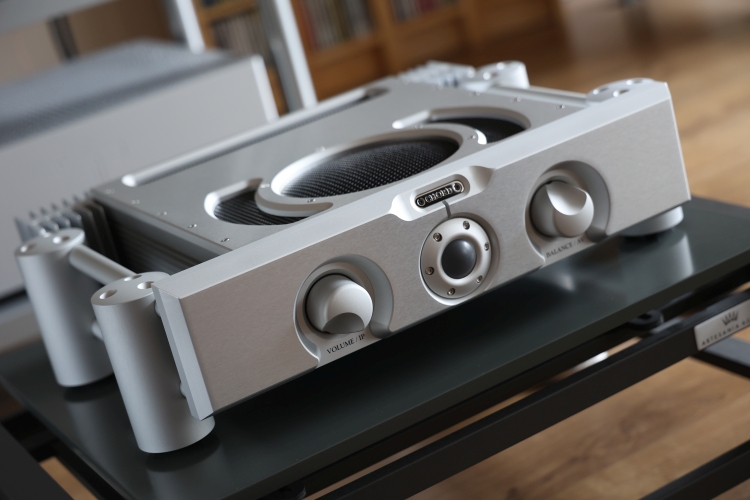
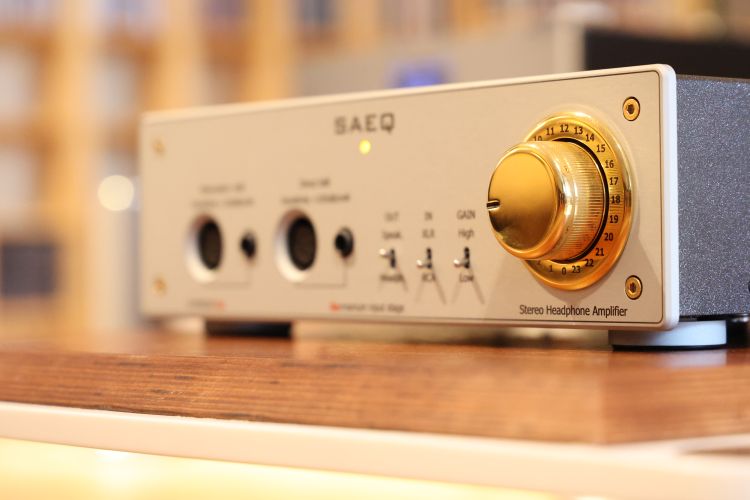
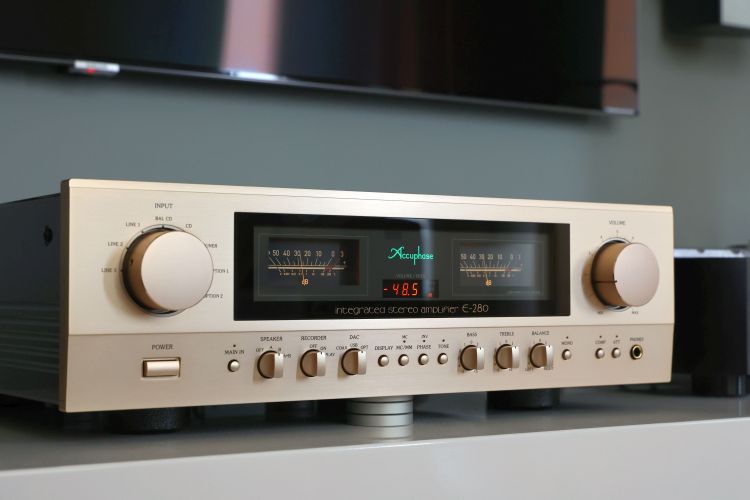
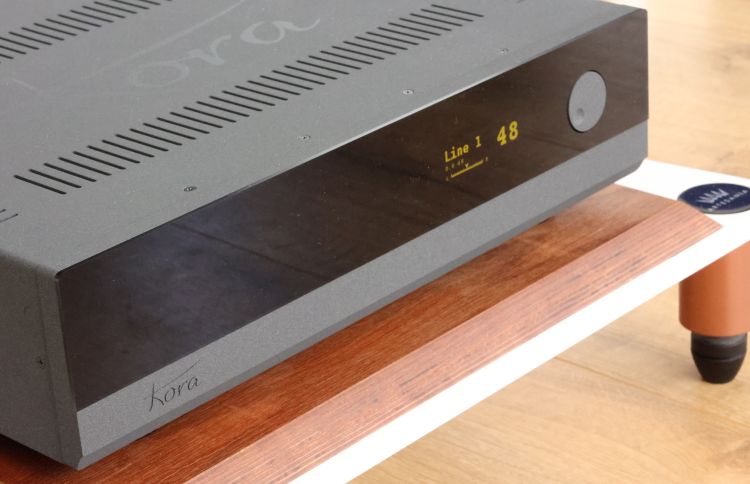
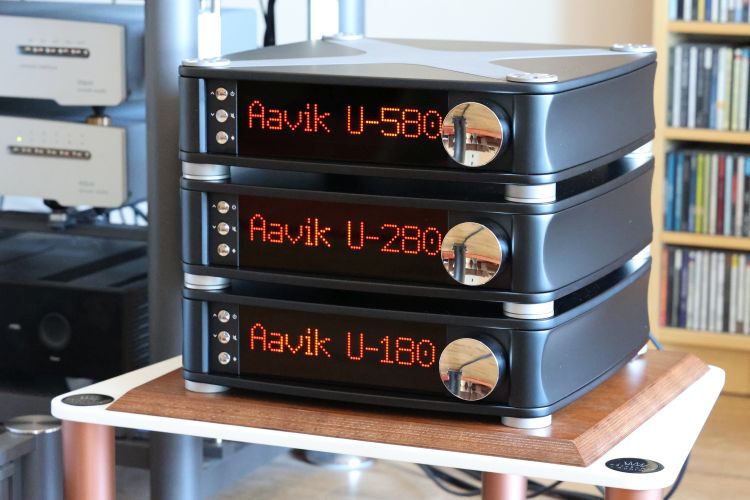
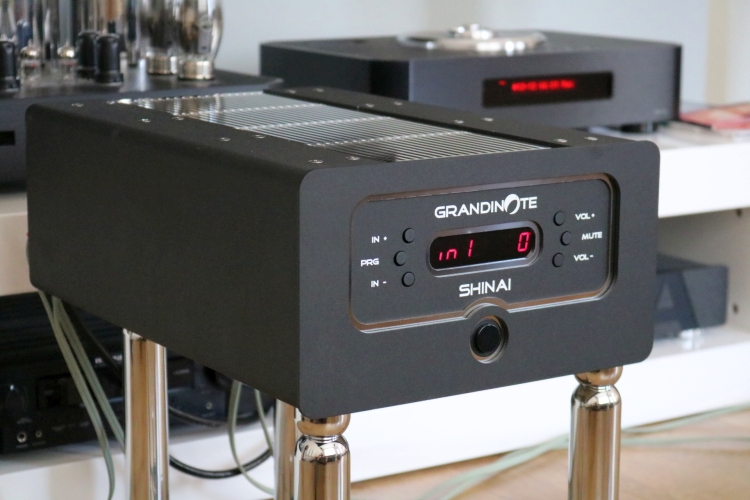
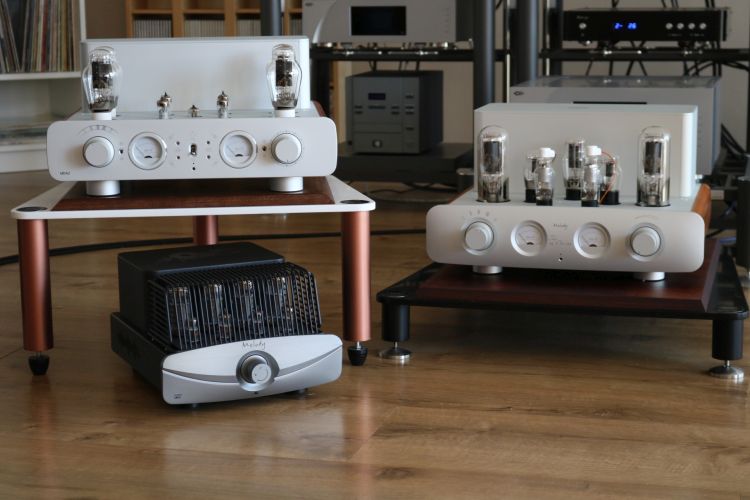
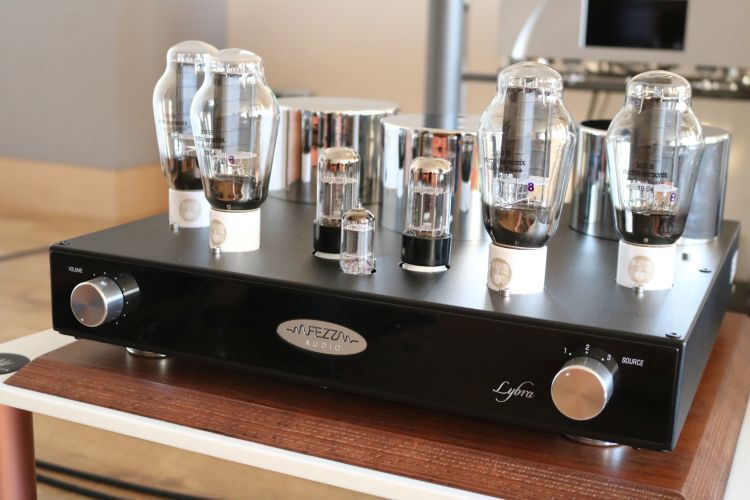
Nice to see a Weco product designed with beauty and technical precision again. I am over 65 and worked in telecom and radio for many years when Western Electric was in its later stages of usefulness. So great to see them “back”.Detroiter.
Christian,
Thank you so much for reviewing a new production WE product! This is literally the first review I’ve seen so quite a coup for you I imagine. 😉 Gorgeous amp but the amp, technical description, and review leave me with several questions:
Wringing 20 wpc from a pair of 300B tubes as the old saying goes “there is no free lunch” what compromises are made, tube life perhaps, to achieve this?
The comments from Tube Hifi Imports indicate the amp doesn’t have 3 transformers, so assuming it has a pair of output transformers does it have no power tranny? And if so how is the amp powered?
It is Bluetooth enabled, so I assume the amp then has an onboard Dac? Was this tested?
Sorry for all the questions Christian! This being such a gorgeous amp and a WE product I just want to know everything about it. 😉
Cheers,
Jon
Hi Jon, as for no free lunch, and with respect to the tube life I guess only time will tell, but I will say that the tubes do not become very hot at all. I’d swear that the pair on the Manley preamp were hotter.
I’m not sure what you mean by “does not have 3 transformers”. As far as I can tell, the amp does have 2-channel output transformers (the 4-Ohm or 8-Ohm removable block) and certainly an input transformer (presumably the big block between the tubes). Why would it need a third transformer?
I don’t know precisely how it achieves the higher power rating. The people who explained it to me also didn’t know. I think WE just don’t want to unveil too much about this. What I can add is that the heatsinks on the sides remained 100% cool during my tests.
There will indeed have to be a DAC onboard but it’s only for BT use. You cannot connect any digital sources to it. I did not test the BT performance as the antenna was not in the box. However, I forgot to add that A Tube informed me that their people were impressed with the BT sound quality, sounding full, smooth, and musical, like the amplifier itself.
Christian,
Thanks for your reply. And sorry for the confusion this line from the importer was what I saw but I think I understand it now.
“Because this amplifier (as Mr. Punter noted) doesn’t have 3 bulky transformers like most tube amplifiers it is also relatively light at 23 kilos.”
I was reading that as not 3 transformers but obviously it refers to the the OPT being smaller as they don’t have multiple output taps for different impedances.
Thanks,
Jon
Aha, yes, that makes sense:-) Also, apart from the WE91E using single-taps, in generic, SET amps tend to use extraordinarily large output transformers, which WE can also avoid due to their special implementation.
Beautiful piece of equipment. I would like to see traditional meters rather than LED displays. I believe this keeps it true to the vintage design aesthetic. Perhaps this would have added cost and required a different front panel design.
Analog meters are likely more affordable to implement and I agree that analog meters look really cool on many amps but I really like the digital display on the WE91E as it also alludes to the modern internal circuitry (hybrid tube/transistor).
WE explains in their advertisement that the output power derives not only from the 300B, but also from a current source. This would be a solid state “slave” to the tube’s transconductance curve. This is not a new topology, but perhaps new in the sense that the outstanding nature of the amp’s output is defined by a fantastic tube, and the additional horsepower is derived from a solid-state circuit. WE explains away the need for separate output transformers in an attempt to minimize the interwinding capacitance, but I suspect it is a must in getting the correct ratio of DC voltage, i.e, none on the output of the amp, with each impedance selected. This is necessitated because of the current follower’s interaction with the 300B circuit. I’m not able to go to court with these ideas, but I seriously doubt that WE is in any way compromising the performance or longevity of the 300B. Thanks.
Please change the above words, “power transformer,” to “output transformer.” Thanks!
done:-)